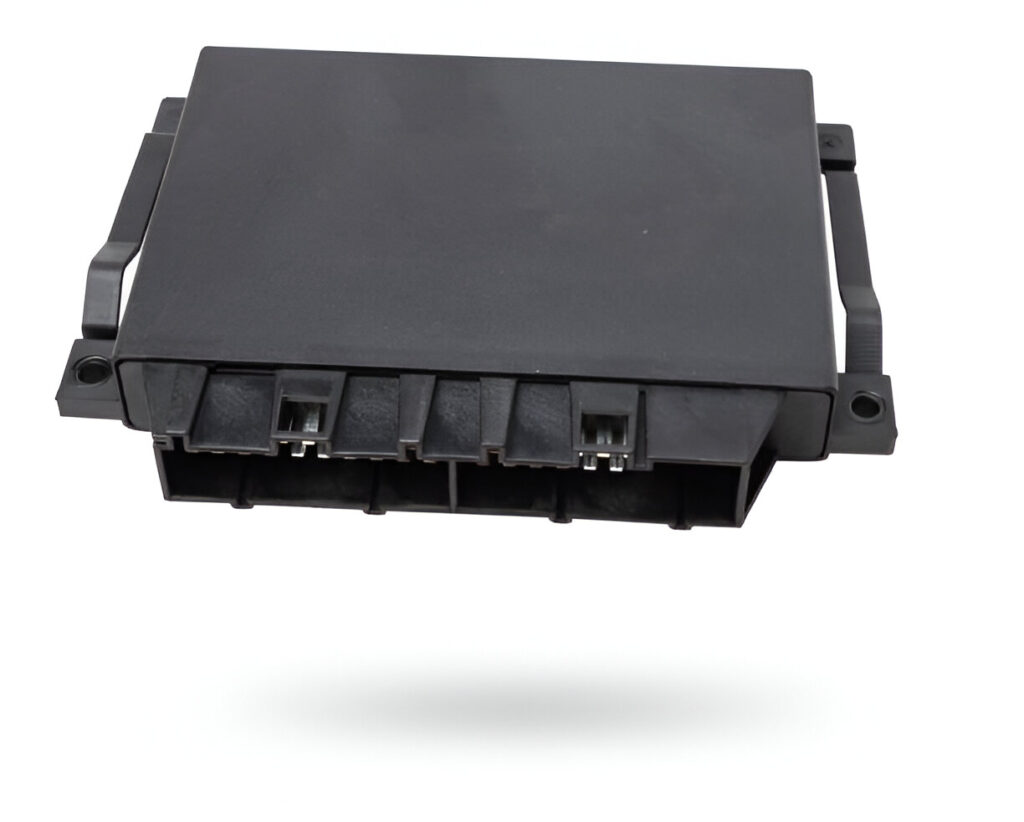Transmission systems are central to how a vehicle functions. At the heart of this system is a component known as the transmission control unit (TCU). In the USA, as vehicles become more technologically advanced, TCUs are increasingly important. This guide explores what a Transmission Control Units in the USA, how it works, signs of failure, and its relevance in the American auto market.
What Is a Transmission Control Unit?
Definition and Basic Function
A transmission control unit is an electronic device that manages the operation of a vehicle’s automatic transmission. It uses data from sensors to determine when and how to shift gears for optimal performance.
Relationship with Other Car Systems
The TCU works alongside the engine control unit (ECU) and the brake control module (BCM). Together, these units ensure smooth communication between different systems in the vehicle. The TCU specifically focuses on transmission signals such as vehicle speed, throttle position, and gear ratios.
How Does a Transmission Control Unit Work?
Data Collection and Processing
The TCU collects real-time data from various sensors. These include input from the throttle, speed sensors, engine RPM, and transmission fluid temperature. This data allows the unit to make informed decisions about gear shifts.
Decision Making and Gear Shifting
After analyzing the data, the TCU sends signals to solenoids and actuators to shift gears. This helps the vehicle achieve smoother acceleration, better fuel efficiency, and reduced wear on mechanical parts.
Adaptability in Modern Cars
Modern TCUs are adaptive. They learn driver behavior over time and adjust shifting patterns accordingly. This provides a more personalized driving experience, which is becoming common in newer USA vehicle models.
Signs of a Faulty Transmission Control Unit
Warning Lights and Error Codes
One of the first signs is the illumination of the check engine light or transmission warning light. Diagnostic trouble codes (DTCs) stored in the system can point directly to TCU-related issues.
Erratic or Delayed Shifting
A malfunctioning TCU may cause the car to shift too early, too late, or skip gears entirely. Drivers may notice jerking or slipping when accelerating or decelerating.
Poor Fuel Efficiency and Performance
If the TCU fails to shift gears correctly, it can lead to reduced fuel efficiency. The engine may work harder than necessary, increasing fuel consumption.
Why Transmission Control Units Are Important in the USA
Compatibility with American Vehicle Standards
Vehicles in the USA are subject to federal regulations regarding safety and emissions. TCUs help meet these standards by ensuring smoother gear transitions, reducing stress on the engine, and lowering emissions.
Impact on Fuel Economy and Emissions
In regions with strict emissions rules like California, efficient TCUs can help vehicles stay compliant. They also contribute to meeting EPA fuel economy standards, which are a growing concern for manufacturers and drivers alike.
Common in a Wide Range of Vehicles
From sedans and trucks to SUVs and hybrids, TCUs are now a common feature in American cars. Most automatic and semi-automatic transmissions rely on this component for proper operation.
Maintenance and Replacement of a TCU in the USA
Regular Diagnostics and Software Updates
Mechanics in the USA often use onboard diagnostic (OBD) tools to monitor the health of a vehicle’s transmission control unit. Updates to the TCU’s software are sometimes required, especially in newer models with advanced tech features.
Repair vs. Replacement Costs
If a TCU is damaged, costs can vary. Repairs may be possible in minor cases, but a full replacement is often recommended for long-term reliability. The price range in the USA can be anywhere from $300 to over $1,000 depending on the vehicle make and model.
Availability of Aftermarket and OEM Units
In the USA, both original equipment manufacturer (OEM) and aftermarket TCUs are widely available. OEM parts usually ensure better compatibility, while aftermarket units may offer cost savings.
Future of Transmission Control Units in the Automotive Industry
Integration with Electric and Hybrid Vehicles
Electric and hybrid cars are becoming more common in the USA. These vehicles rely on digital systems for most of their functions, including gear management. TCUs in such vehicles are often integrated with battery and motor control systems.
Use of AI and Machine Learning
Advanced TCUs now include machine learning algorithms. These systems adapt to the driver’s style and road conditions, making decisions that improve efficiency and comfort. This is expected to become more widespread across the American automotive market.
Cybersecurity and Software Protection
As TCUs become more digitally integrated, they are also more vulnerable to hacking or malfunction due to software bugs. Manufacturers in the USA are investing in secure software development practices to protect vehicle data and control systems.
Conclusion
Transmission control units are essential for the smooth and efficient operation of modern vehicles. In the USA, where automotive technology is rapidly advancing, the role of the TCU is more critical than ever. It not only supports better driving experiences but also helps meet strict emissions and safety standards. Understanding how a TCU works, recognizing the signs of failure, and staying updated with maintenance can help keep your vehicle running at its best.


